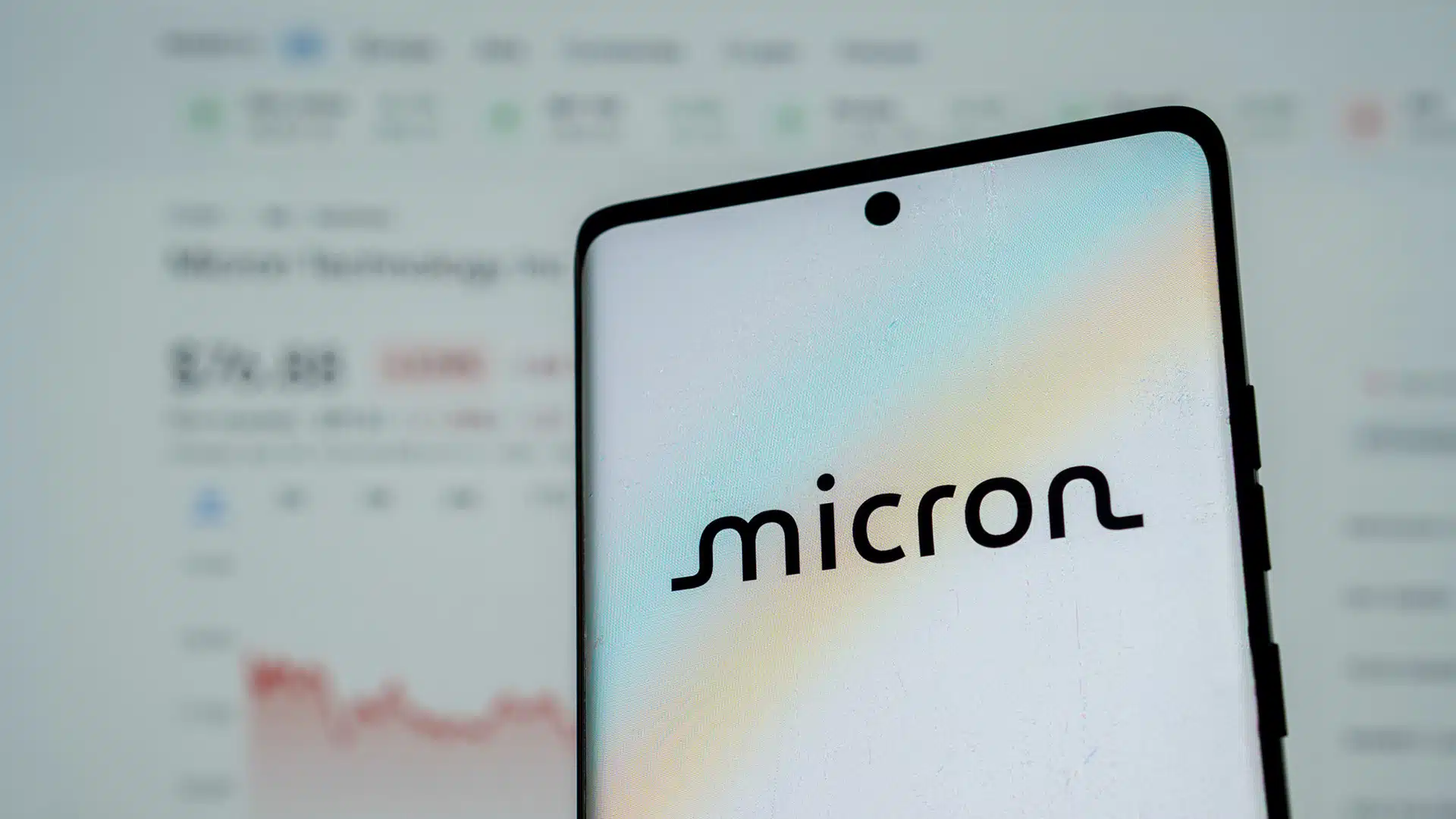Visual engagement, which can include using pictures, graphics, diagrams, and videos to convey information or enable collaboration with customers, is a key technique that has become particularly important over the past few years. As penetration of devices that can view, create, and share visual content and experiences has reached near-ubiquitous levels, consumers are demanding that the companies with which they do business leverage these devices to provide better experiences.
Within the customer service and support realm, visual engagement can be particularly useful, given the increasing level of complexity of many tasks that are often components of a support call. In particular, visual engagement tools can be useful with:
- Helping customers navigate to specific information on the website, such as technical specifications, product manuals, or digital updates
- Providing guidance and assistance to customers to complete an online purchase, form, or other process
- Walking through a product’s features, installation, or assembly process
- Identifying and resolving problems such as incorrect software installation or damage to an item during shipping
A key reason why visual engagement is effective is that many users or customers do not have the same degree of familiarity with a specific product or type of product. As a result, using verbal-only or text-only instructions to facilitate issue resolution requires the customer to not only carry out specific steps (which may not be clear to them), but also does not allow a live agent or bot to easily verify that the step has been carried out correctly.
By using visual feedback, via a live video feed or camera images, an agent may be able to verify that specific steps are being completed properly, often in real time, providing customers with the positive reinforcement they need to continue carrying out the task, while also allowing the support agent to monitor any other issues that may arise during the call.
It is also useful to ensure that visual feedback can be provided from the customer to the agent, either in the form of still pictures or video. For example, a customer may not be able to explain what is happening when a product malfunctions, but a video of the problem in action helps technical support professionals see what is occurring. In addition, it helps to avoid situations where a customer claims an item is not functioning properly, but the tech support staff is unable to replicate the scenario after a product has been returned.
Being able to provide real world examples of a product or service malfunctioning can not only help the organization troubleshoot and then refine product design, but it can also help build customer affinity for the product or service, so long as the company acknowledges the receipt and use of the visual feedback to help resolve a problem. A simple message stating that technical support has received the visual feedback, along with acknowledgement of how it will be used to diagnose and solve a problem, demonstrates that the company is truly listening to the customer’s needs and issues in a way that is convenient for them.
For the company, visual engagement approaches can improve efficiency, particularly with respect to improving first call resolution (FCR) rates, as well as average handle time (AHT). Because less time is spent trying to have a customer describe a problem in words, oftentimes the next course of action can be determined more quickly, thereby reducing the cost of service and time to serve.
Most importantly, visual engagement often reduces frustration and keeps customers engaged so the focus remains on solving their problem. It can add a human touch to service interactions that may also help boost upsell/cross-sell conversions, and potentially eliminate product defectors.
Author Information
Keith Kirkpatrick is Research Director, Enterprise Software & Digital Workflows for The Futurum Group. Keith has over 25 years of experience in research, marketing, and consulting-based fields.
He has authored in-depth reports and market forecast studies covering artificial intelligence, biometrics, data analytics, robotics, high performance computing, and quantum computing, with a specific focus on the use of these technologies within large enterprise organizations and SMBs. He has also established strong working relationships with the international technology vendor community and is a frequent speaker at industry conferences and events.
In his career as a financial and technology journalist he has written for national and trade publications, including BusinessWeek, CNBC.com, Investment Dealers’ Digest, The Red Herring, The Communications of the ACM, and Mobile Computing & Communications, among others.
He is a member of the Association of Independent Information Professionals (AIIP).
Keith holds dual Bachelor of Arts degrees in Magazine Journalism and Sociology from Syracuse University.








